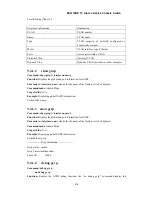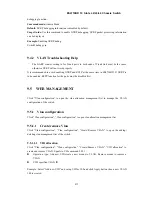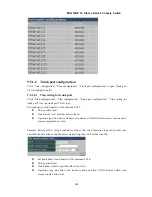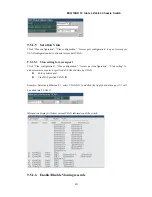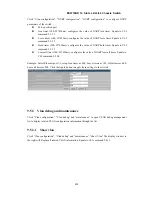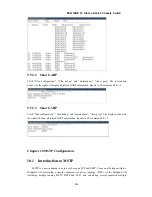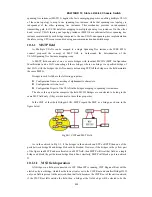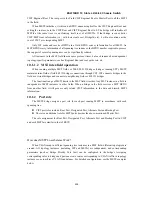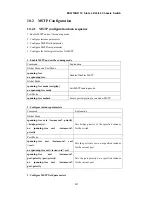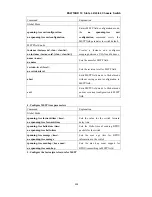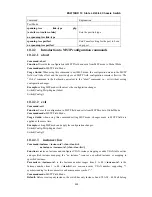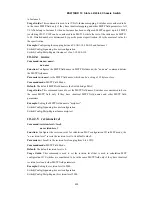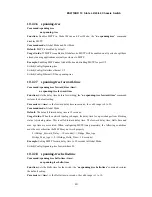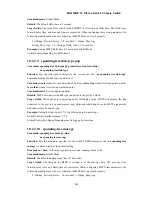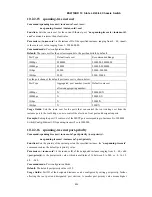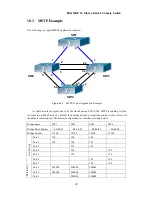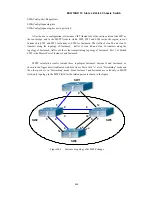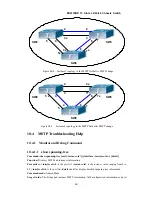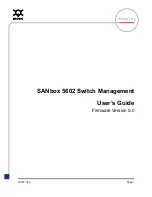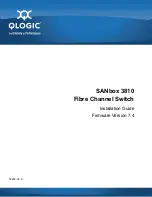
226
E
ES4710BD 10 Slots L2/L3/L4 Chassis Switch
CIST Regional Root. The root port in the Field CIST Regional Root is Master Port to all the MSTI
in the field.
When MSTP initializes, it will send a BPDU announcing itself as the CIST Regional Root and
setting the route code to the CIST Root and CIST Regional Root to 0. The bridge will initialize all
MSTIs at the same time it can claiming itself root of all MSTIs. If that bridge receives better
CIST/MSTI root information (i.e., with lower route cost, BridgeId, etc), it will not continue as the
root of CIST or corresponding MSTI.
Only IST sends and receives BPDUs in a field. BPDU convey information for all MSTI. As
MST BPDUs carry information of all spanning tree instances, the BPDU number required to process
the support of several spanning trees can be significantly reduced.
All instances in the MST field share a same protocol timer, but each instance has independent
topology-specific parameters, such as Regional Root and root path costs, etc.
10.1.1.2 MST inter-field operation
When running multiple MST fields or IEEE 802.1D bridges (bridges running STP), MSTP
maintains inter-field or field-802.1D bridges connections through CST. IST connects bridges in the
field as a virtual bridges and connects to neighboring fields or 802.1D bridges.
The functional range of MSTI limits to the MST field it resides. Any MST instance in a field is
independent of MST instances in other fields. When a bridge in the field receives a MST BPDU
from another field, it will process only related CIST information in the data and discard MSTI
information.
10.1.2 Port role
The MSTP bridge assigns a port role for each port running MSTP in accordance with each
spanning tree.
z
CIST port roles include: Root Port, Designated Port, Alternate Port and Backup Port.
z
There is an additional role for MSTI ports besides the above-mentioned: Master Port.
The role assignment for Root Port, Designated Port, Alternate Port and Backup Port in CIST
and each MSTI are similar to that of RSTP.
How does MSTP Load-balance Work
?
When VLANs map to different spanning tree instances in a MST field, different topologies are
created. All topology instances (including IST and MSTIs) are independent, and corresponding
parameters (such as Bridge Priority, Port Cost) can be configured in the bridges. Assigning
corresponding roles to bridge and port can create routes corresponding to VLAN traffic in topology
instances so as to achieve VLAN load balance. For detailed configurations, see the MSTP examples
below.





